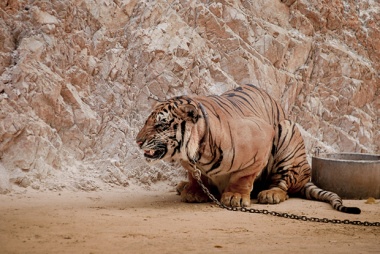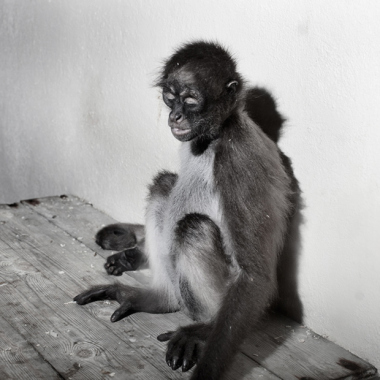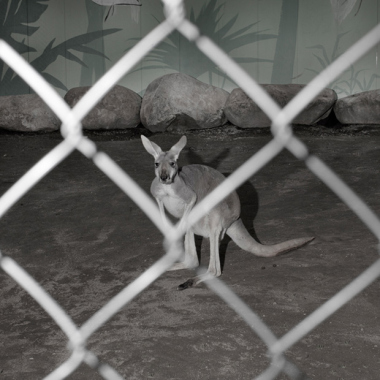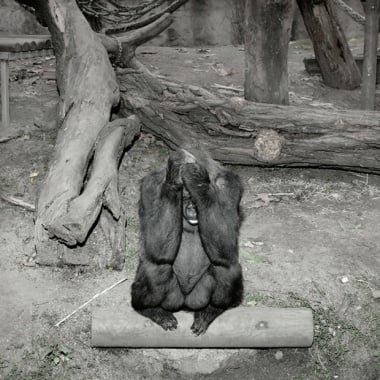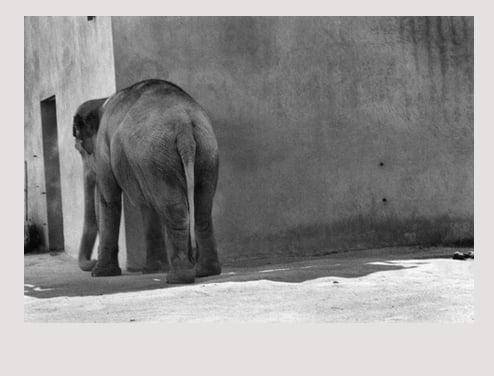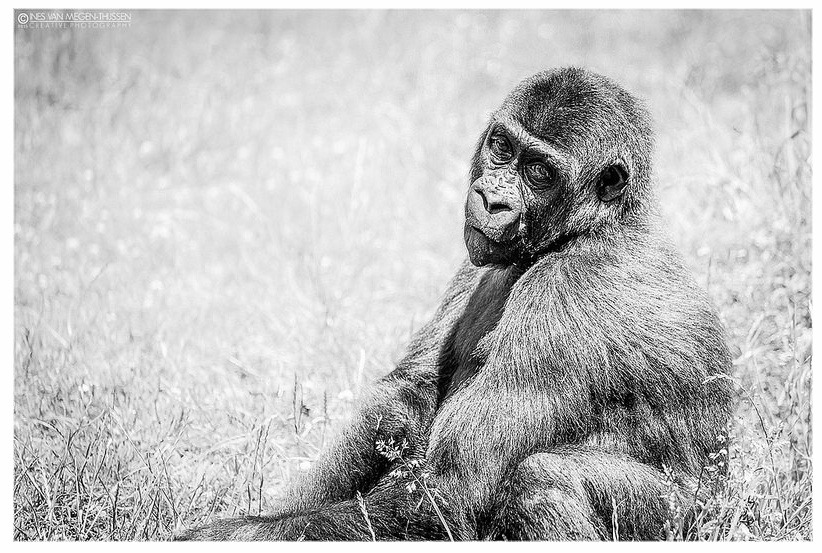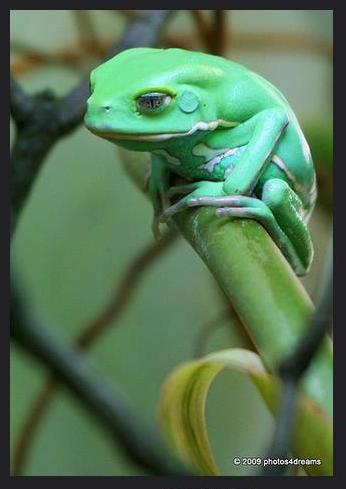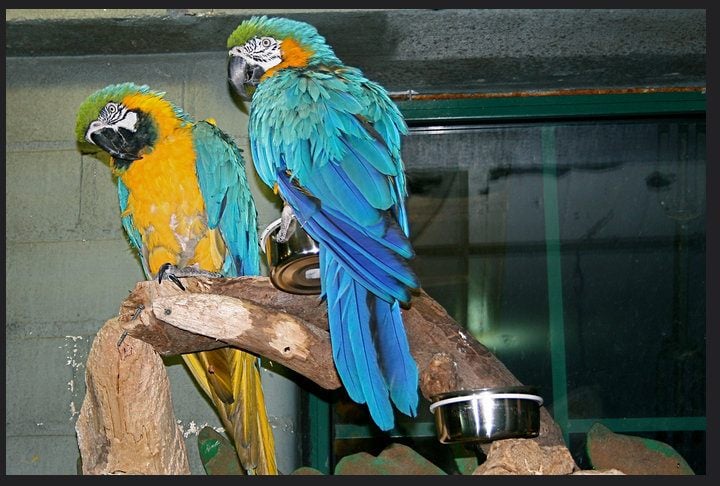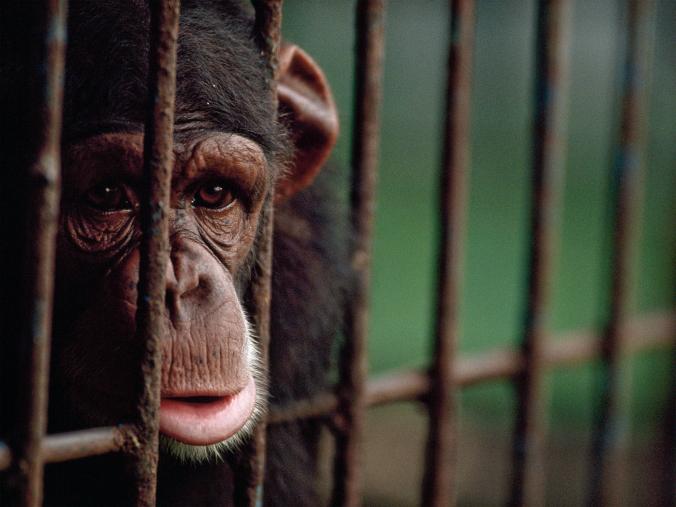Take a look at these photos of animals in zoos.
Chained
When the animals are chained or in small, caged enclosures, the wild animals seem reduced to tormented looking house pets. This picture taken by Nat Rogers of a chained tiger is from the Kanchanaburi Tiger Temple in Thailand.
Disheartened
Some animals seem to be caught in a moment of loneliness or depression, like in the photographs taken by professional photographer Toni Amengual. He specifically visited zoos during the winter in order to capture the unhappy, isolating images.
Shamed
Eric Pillot, a professional photographer, also has zoo animals in his gallery. The animals are often pictured looking away and staring at walls.
Forlorn
Ines van Megen-Thijssen captured sadness when she visited a zoo. Primates, which we humans sometimes readily empathize with because we share some traits like body gestures and community groups, lend themselves as great subjects for photographs with emotion.
Just A Sad Day
Elizabeth Haslam, another photographer, also found “A Sad Day” at the zoo.
In some cases we may be just reading into the sadness, like with this cute, little frog from Suzanne’s Stream. According to some, like at Frog Forum, frogs have emotions that serve them by keeping them alive, but do not experience bonding or loneliness like humans or other animals do.
Birds Of A Feather
Jen Starr found these un-majestic macaws tucked away in a concrete corner enclosure of a zoo. Birds can strip their own feathers when experiencing stress, but they naturally molt a couple of times a year. According to Ron Hines, DVM, PhD, birds exposed to natural light molt less frequently than birds in artificial light. If the birds are molting due to seasonal changes in light exposure, that is natural. If they are molting more frequently, it could be forced molting, which puts the animal’s body under stress and can cause health problems and a shortening of life.
Animals With Deep Feelings
In this photograph of a chimpanzee by Michael Nichols of National Geographic, sadness can be detected easily in just his or her facial expression. According to Olivier Berton, Assistant Professor of Neuroscience, depression and other unpleasant emotional states like anxiety, can be diagnosed in primates and in dogs, but because animals can’t tell us how they are feeling, we can’t say with certainty if an animal is experiencing depression like a human does. But according to Marc Bekoff, Ph. D., there are plenty of studies that demonstrate how zoos in general harm animals by altering their natural behavior. Animals are seen pacing incessantly back and forth, becoming obese or emaciated. Some animals have been observed to self-mutilate. Zoos worldwide have different agendas and operate at different levels of responsibility. At some point it is up to the visitors to decide if they should support their individual zoological parks or decide to advocate for the animals who may be harmed due to malpractice. Featured photo credit: Gerd Altmann via pixabay.com
